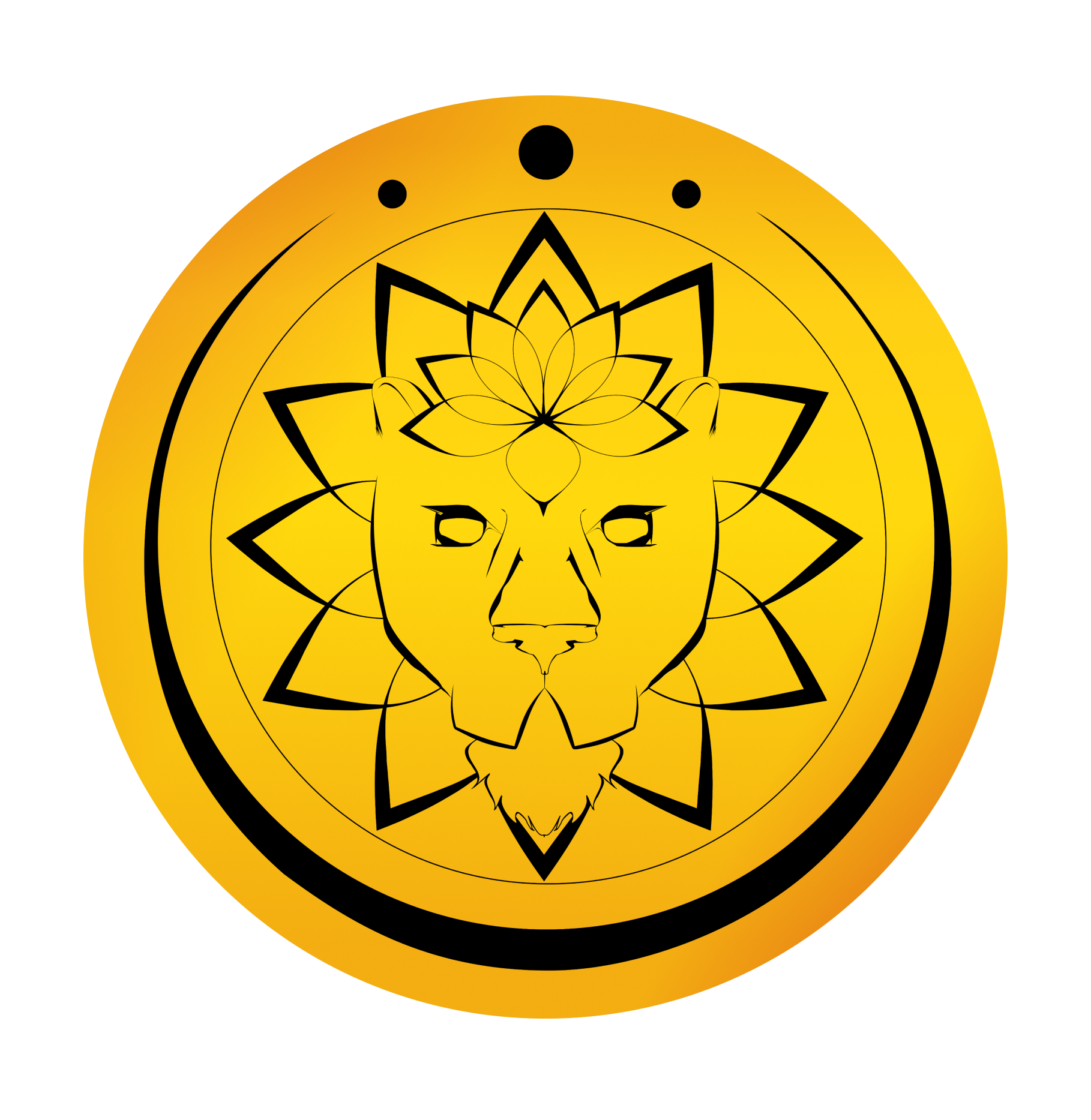Welcome to the Find Our Place project – a concept designed to assist people with sensory sensitivities in exchanging information, exploring inclusive spaces, and connecting with a larger, supportive community.
Our target audience includes both sensory-sensitive adults and parents of sensory-sensitive children, empowering users to embrace neurodiversity and disability, and to participate in their communities.
From literature research to multiple rounds of user testing, Find Our Place is an thoughtful blend of creativity and technical mastery for a meaningful user experience.
Empowering individuals to actively engage in their communities and embrace life to the fullest through our concept project. Users experience enhanced participation and enjoyment of social events.
Extensive literature analysis to understand the diverse sensory profiles and user pain points.
Personalized discussions with sensory-sensitive individuals to gain insights into their struggles and strengths.
Both moderated and unmoderated user testing for attaining valuable feedback.
Logo, color scheme, and brand personality tailored to express the value of diversity and inclusion.
Beginning with an evaluation of this project’s potential, I conducted literature research by analyzing academic studies to uncover the challenges experienced by individuals with Sensory Processing Disorder (SPD) and their families.
As an underserved population, there's limited available research on SPD. To supplement this, I explored insights from studies focused on autism and physical disabilities, as these conditions are often connected to SPD.
The research revealed common themes such as limited access to inclusive events and spaces, feelings of isolation, frustration, and a lack of understanding. Additionally, informal networking among disabled people and their families was also highlighted as an important aspect to consider in the design approach for a more inclusive user experience.
Unearthing common themes, including limited access, isolation, frustration, misinformation, and the need for more supportive networks, formed the foundation of the design approach for an inclusive user experience.
I interviewed parents of children with SPD and young adults with SPD to understand their experiences.
Caregivers devote significant time and emotional labor planning around sensory issues for events, and participants expressed a desire for more public understanding of sensory challenges. When planning events or outings, most participants relied heavily on recommendations from friends and family or sought advice in online communities.
To address users' most pressing needs, I focused on creating sensory rating scales, user connections, and search filtering as key areas for the app's design.
I encountered challenges in working to create solutions for systemic problems. Despite this, my research allowed me to identify specific areas to focus on and begin conceptualizing feasible solutions to enhance the user experience.
I crafted Find Our Place's brand identity with joyful acceptance and inclusivity, using vibrant colors and an infinity arrow logo to represent empowerment and autonomy. The selected imagery reflects candid, intimate moments, fostering a welcoming environment for users with SPD while celebrating neurodiversity.











